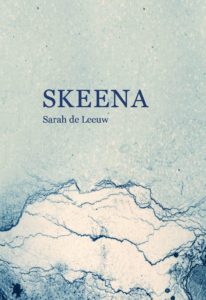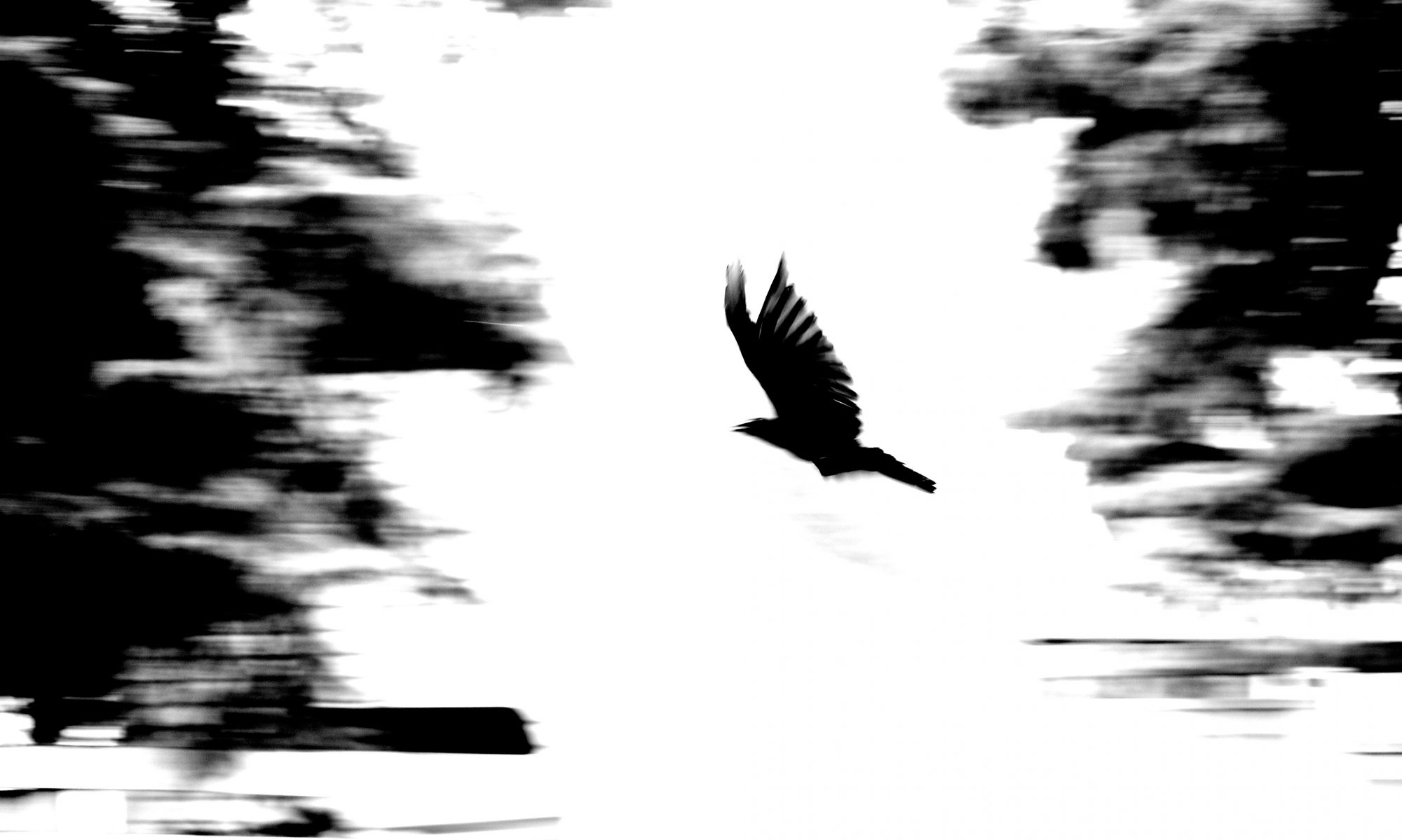I’ve spent a lot of time around rivers over the course of my decades – fly angling, research, hiking, contemplating. Rivers and streams are, in many ways, the circulatory system of our continents, and they ooze life of all sorts within their flow and along their banks. That riparian life has the tendency to make watercourses in forested areas fairly inaccessible. Forest rivers, in a way, nurture their own (in)accessibility. Any researcher or angler will tell you how valuable a bare few access points along many kilometers of a river can be.
There are three things that allow physical access along a flow. The first is the action of the river itself over time carving out seemingly fortuitous access points from the landscape. The second is the cycle of annual weather accompanied by long term climate change that sometimes leaves banks bare of water for intrepid hikers to walk below the high-water line. The third is both ancient and current human activity – the camps, villages, railroads, resource roads, clearcuts, pipeline crossings, and parallel highways that we build, inhabit, and use.
 Dr. Sarah de Leeuw, a faculty member in the Northern Medical Program and Geography at UNBC, takes readers on a journey along the Skeena River, guiding us to access points along its course in her poetry in Skeena (Caitlin Press, 2015). Along the journey, people, places, animals, plants, and soil weave through the river’s currents, around the roots of its trees, and into its riparian forests.
Dr. Sarah de Leeuw, a faculty member in the Northern Medical Program and Geography at UNBC, takes readers on a journey along the Skeena River, guiding us to access points along its course in her poetry in Skeena (Caitlin Press, 2015). Along the journey, people, places, animals, plants, and soil weave through the river’s currents, around the roots of its trees, and into its riparian forests.
We meet “Ephemeral ephemeroptera” and their “Sticky transparent/wings wet with our waters”. We feel “Invertebrates nuzzling my bowels”. We experience the “Taste of grizzly shit shot through with tannin/leached through peat”. And we smell the “stench of elk urine/sliding into me”. There’s the blinding pain of a mother moose’s “snapped leg” as its calf runs away alone, intermixed with the softness of “My surface silky with eagle down/thistle fluff.”
There is death, and there is new life: “Our babies will grow/into men fat with the fish you lover/you mother/you will feed them.”
Along the way we hear the stories of the river and by the river. Some of the stories are very old: “(A) story of three/young men felled by frogs a story of Pelemqwae the giant beaver who shot arrows/and felled a chief”. Others – the account of Ali Howard swimming the full length of the river in 2009 – are very new.
Early in the book – early along the course of the Skeena – the river asks us: “Who chose to name people? Who chose? The people?”
And then the names along its length flow through the pages in eddies, ripples, and torrents: Wet’sinkwha, Edziza, Kispiox, Gitanmaax, “slow-and-full-of-water-with-lily-roots-thick-as-a-young-doe’s-knee-knuckle”.
Who, indeed, chose the names? Was it the river all along? In her prologue de Leeuw tells us that she has “written the river’s voice.” She has made the Skeena’s voice accessible and it flows into its listeners with each reading – leaving us filled with its sensations, stories, and sounds.
